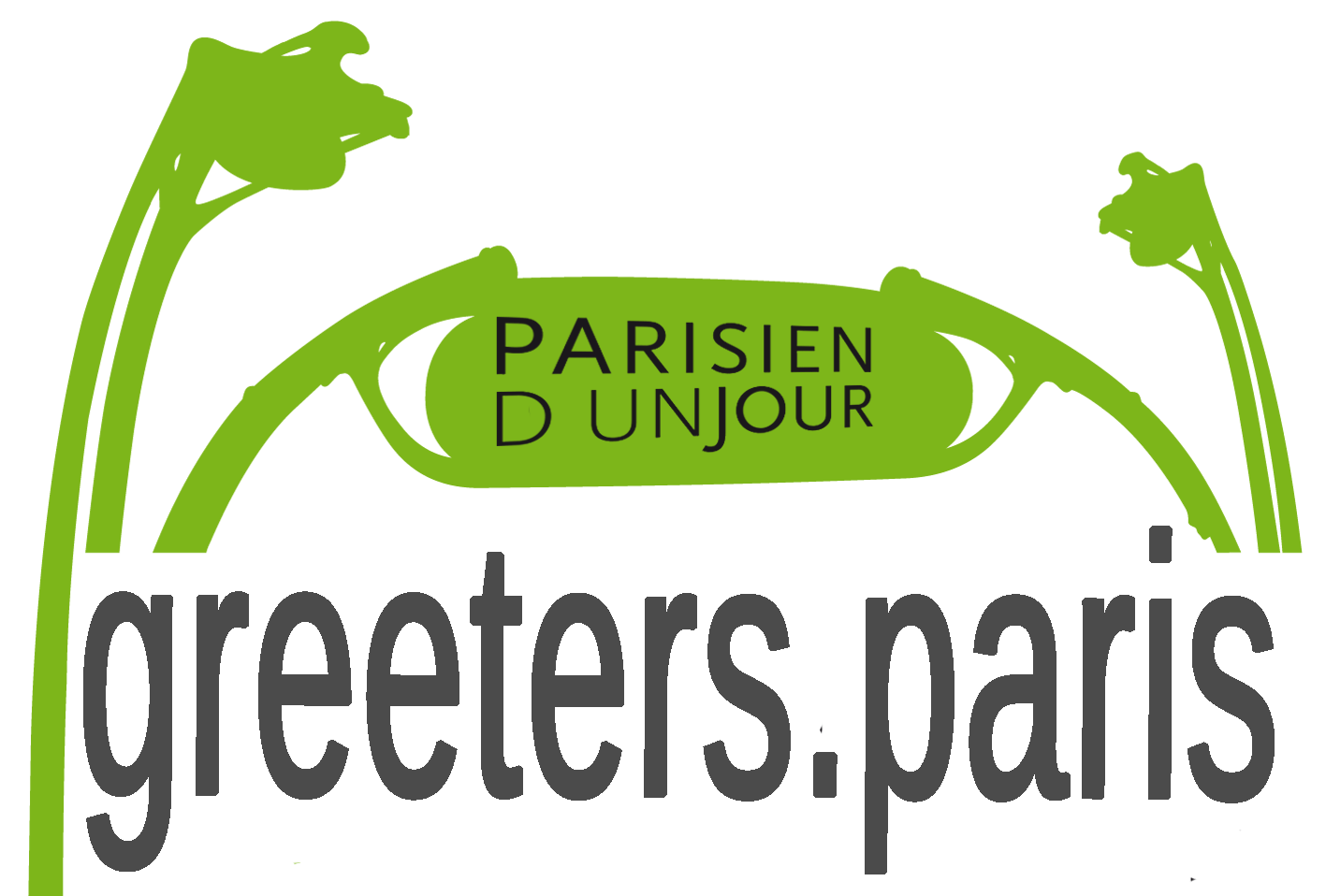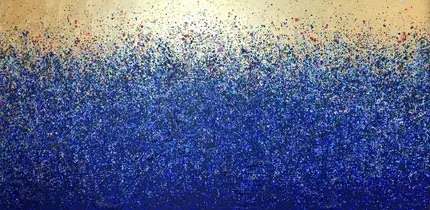Pigalle
refers for most of us to an area just south of Montmartre, on the border
between the 18th and 9th arrondissements in Paris, and we
think rather of something like this.
We should
however remember that this area (more or less corresponding to the yellow dotted lines) somehow informally got its name from Place
Pigalle and the street rue Jean-Baptiste Pigalle, in 1803 already named after the
sculptor who lived in this street and who is one of the few
buried at the little Calvaire cemetery on top of Montmartre.
Jean
Baptiste Pigalle (1714-85) was a successful sculptor. One chance to see his
works without visiting museums is at the Saint-Sulpice church, where you can
admire the statue of Saint Mary in the Lady Chapel – top picture.
On either
side of the entrance in the same church there are two halves of an enormous
shell (given to King Francis I by the Venetian Republic), resting on rock-like
bases sculpted by Pigalle. Here we can
also see his portrait (by Marie-Suzanne Roslin, married to the Swedish painter
Alexandre Roslin) and some samples of Pigalle’s other works, including statues
and busts of Madame de Pompadour, (a naked) Voltaire (ordered officially during
his lifetime), Diderot, a self-portrait…
Once at the
Saint-Sulpice church, maybe we should also remember the Visconti-fountain in
front of it, the pulpit, the brass line on the floor (often mistaken as part of
the Da Vinci Code “Rose Line”), the Cavaillé-Coll / Clicquot organ – considered
as one of the best in the world with a concert offered every Sunday…
… and - however
invisible for the moment being under a much needed restoration – the mural
paintings by Delacroix.




































































